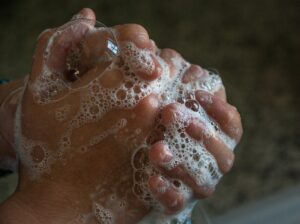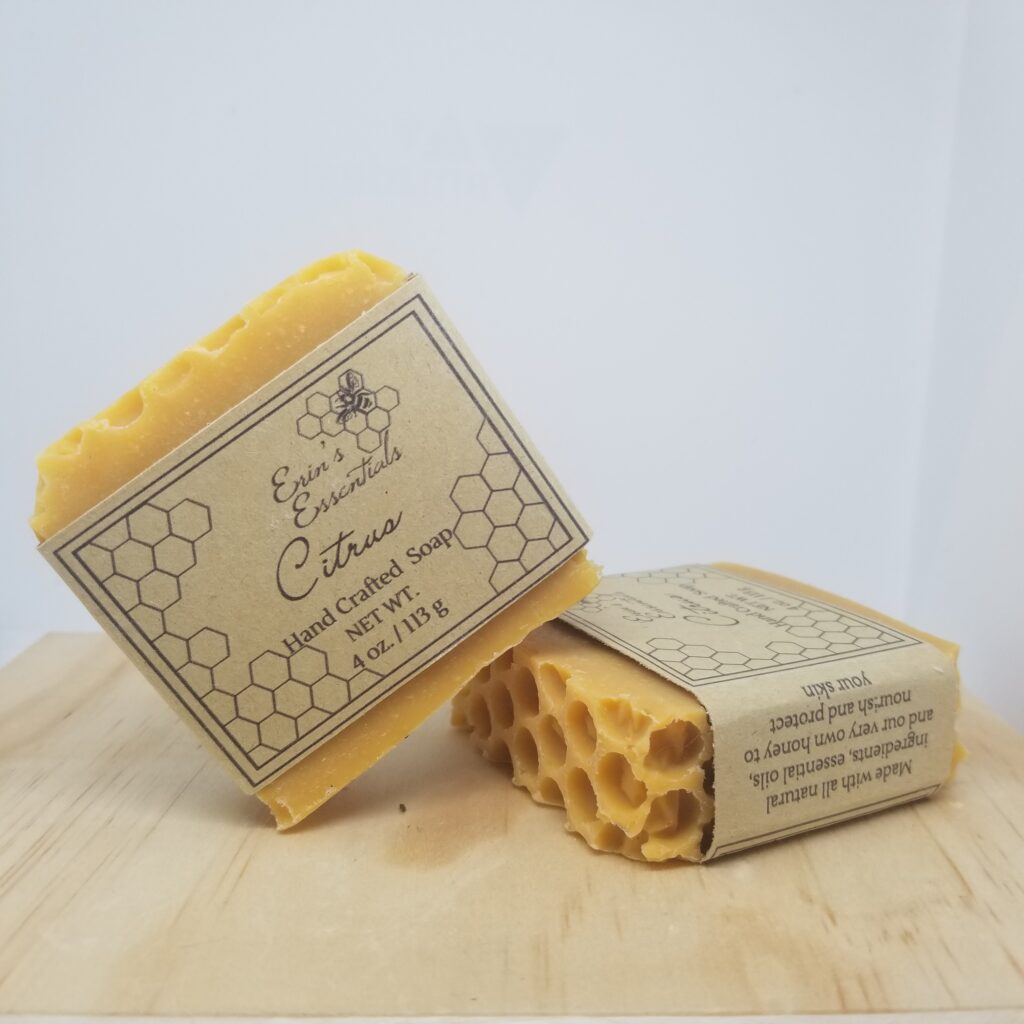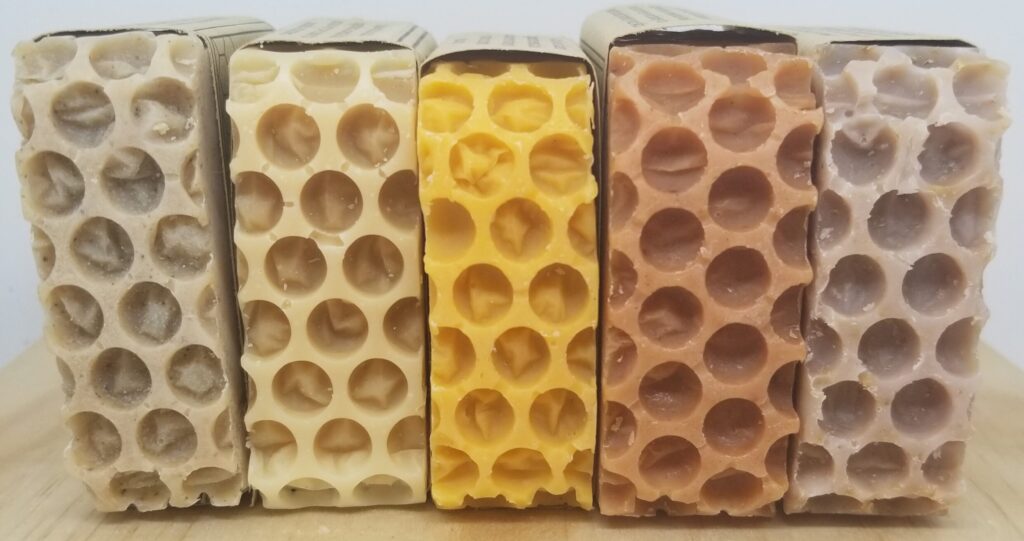Handwashing and Good Old Fashioned Soap
 The easiest and most basic thing that we can do to avoid viruses like the novel Cornonavirus Covid-19 is to regularly wash our hands. This may seem like a no-brainer but a study from Michigan State University found that 1 in 10 people don’t wash their hands after using the bathroom and only 5% wash their hands with soap long enough to remove harmful germs and bacteria! In fact studies have also shown that a disturbing number of people have bacteria and even fecal matter on their hands, this then transfers onto cell phones, money, credit cards and surfaces like door handles. So maybe we do need to revisit this most basic technique for halting the spread of Coronavirus. Of course, washing our hands only after we go to the bathroom isn’t enough to protect us from the Coronavirus. The U.S. Centers for Disease Control and Prevention (CDC) recommends that we also wash our hands before preparing food or eating, after handling animals or pets, after handling garbage, after blowing your nose, coughing, or sneezing, and now they have expanded those recommendations to include:
The easiest and most basic thing that we can do to avoid viruses like the novel Cornonavirus Covid-19 is to regularly wash our hands. This may seem like a no-brainer but a study from Michigan State University found that 1 in 10 people don’t wash their hands after using the bathroom and only 5% wash their hands with soap long enough to remove harmful germs and bacteria! In fact studies have also shown that a disturbing number of people have bacteria and even fecal matter on their hands, this then transfers onto cell phones, money, credit cards and surfaces like door handles. So maybe we do need to revisit this most basic technique for halting the spread of Coronavirus. Of course, washing our hands only after we go to the bathroom isn’t enough to protect us from the Coronavirus. The U.S. Centers for Disease Control and Prevention (CDC) recommends that we also wash our hands before preparing food or eating, after handling animals or pets, after handling garbage, after blowing your nose, coughing, or sneezing, and now they have expanded those recommendations to include:
After you have been in a public place and touched an item or surface that may be frequently touched by other people, such as door handles, tables, gas pumps, shopping carts, or electronic cashier registers/screens, etc.
Before touching your eyes, nose, or mouth because that’s how germs enter our bodies.
Handwashing Technique
The CDC has the following recommendations for proper handwashing.
Washing your hands is easy, and it’s one of the most effective ways to prevent the spread of germs. Clean hands can stop germs from spreading from one person to another and throughout an entire community—from your home and workplace to childcare facilities and hospitals.
Follow these five steps every time.
1. Wet your hands with clean, running water (warm or cold), turn off the tap, and apply soap.
2. Lather your hands by rubbing them together with the soap. Lather the backs of your hands, between your fingers, and under your nails.
3. Scrub your hands for at least 20 seconds. Need a timer? Hum the “Happy Birthday” song from beginning to end twice.
4. Rinse your hands well under clean, running water.
5. Dry your hands using a clean towel or air dry them.
These steps may seem simple, but remember that only 5% of people actually followed them after using the bathroom! We should be washing our hands this way regularly, especially if we need to leave our homes to visit essential businesses or if we are still working at those businesses. The friction generated by scrubbing and lathering hands helps to lift dirt, grease, and microbes from skin.
How exactly does soap and handwashing work to destroy Corona virus molecules? Viruses are actually not alive. They are a self-assembled nanoparticle in which the weakest link is the lipid (fatty) bilayer. This is where the soap comes in. Soap damages the fat membrane and the virus falls apart and is no longer active. The soap also lifts the virus from the skin during the handwashing process and then the destroyed virus washes down the drain. This video from Vox demonstrates how soap works against a virus.
This video helps to show how to do a thorough handwashing that gets between all the fingers and cleans the entire hand. Seeing how the purple paint is spread really helps to remind us that a quick wash leaves most of the hand unwashed.

The CDC and other health organizations recommend that you wash your hands for at least 20 seconds. This ensures that there is enough friction and lather so that the virus can be broken down. The usual tip is to sing Happy Birthday through twice, but that may feel a bit boring. You might want to make up your own fun song. Or you can go to this website and type in a song and artist and it makes up this handy handwashing guide with the lyrics. Here is an example that I made with the song Stayin’ Alive by the Bee Gees because that is what we are trying to do, stay alive.
Handwashing is even more effective than wearing gloves. Gloves are best for use in medical facilities where they will be regularly discarded and replaced to avoid contamination. For the regular person washing our hands allows us to remove any bacteria and prevent us from spreading it to many surfaces. Alcohol based hand sanitizers can also be used but are not as effective at destroying viruses. The virus needs to come into contact with the sanitizer and we often don’t use enough to completely coat our hands. Hand sanitizers are best used in between handwashing but do not replace washing with soap and water.
What is Soap?
Soap is made from lye (sodium or potassium hydroxide) and oils (either animal or plant fats) and water. When the fats and lye mix they undergo a process called saponification which results in soap. Soap has been made for at least 5,000 years. Those early soaps were made from ashes boiled with animal fats and tended to be very harsh. Today thanks to science, math, and technology we can much more easily determine proper ratios and make soap which is not too harsh for our skin. The modern day soap maker can use a lye calculator such as SoapCalc to calculate their recipe so that the soap will be cleansing while not stripping the skin of our protective oils. Those protective oils are important because overly dry hands may crack and split and make it easier for a virus or other bacteria to enter the body.

Much of what we call soap is actually a detergent, not true soap. Detergents are made from sulfactants that bind to oil and dirt and remove them. Common detergents that you probably have in your home is laundry detergent, dishwasher detergent, dish soap (think Dawn) and even Dove bar “soap” is not real soap! In fact most liquid “soaps” are actually detergents. There are liquid soaps that are actually true soap, castille soap is the most common form (like Dr. Bronner’s), but most of the “soap” you will find on the shelves at your local store is not really soap. The benefit of detergents is that they do not leave a residue behind and are free-rinsing. Soap on the other hand is biodegradable unlike most detergents.
Some people may think that bar soap is unhygienic because many people handle the bar, but how often do you wash your liquid soap dispenser? The bar of soap will naturally break down any virus that gets on the soap but virus could potentially survive on a soap dispenser for many hours. To keep your bar of soap in best condition and to ensure it lasts all you need to do is make sure it is in a soap dish that drains and allows for it to dry.
One of the additional benefits of real soap is that you can buy it from local soap makers, often made with local and all natural ingredients. We make our soaps with honey from our bees. Honey is a natural humectant (holds in moisture) and helps to give a beautiful lather to our soaps. We also use colloidal oats in our bars which are great for the skin. This all means that our soaps will help you to keep your hands clean while also ensuring that your skin stays healthy and vibrant despite more frequent handwashing. You can check out our soaps at our online shop.
Stay healthy, and wash your hands!
-Erin

